A Load Test Machine (LTM), is a special equipment that tests the load-bearing capability and performance of different materials, components, or structures. This is a breakdown of the features, technical specs, and operation cycle.
Features and Details of LTM:
- Load Capacities: The LTMs can accommodate different load capacities, from a few kilograms up to several tons depending on their intended application.
- Versatility These machines are capable of performing static, dynamic, and fatigue tests on different materials and structures.
- Accuracy LTMs have precise measurement systems that accurately measure the applied load, deformation, and other relevant parameters.
- Safety measures: They are equipped with safety mechanisms, such as overload protection buttons, emergency stop buttons, and robust enclosures, to ensure operator safety when testing.
- Data Acquiring: Most LTMs are equipped with data acquisition systems that record and analyze real-time test data, making it easier to evaluate performance and ensure quality.
- Modular design: Certain LTMs have a modular structure, which allows for easy customization to meet specific standards or testing requirements.
Technical Specifications for LTM:
- Maximum Load: This is usually specified as a maximum load (e.g. 10 tons).
- Load Application: specifies the method of application such as hydraulic, mechanical, or pneumatic.
- Test speed: Indicates how fast the load is applied during the test.
- Accuracy: Defines accuracy in percentage or absolute value.
- Operating Environment: specifies the operating temperature range, humidity range and other environmental conditions.
- Power Requirements: Indicates electrical power requirements for the machine including voltage and frequency.
Description:
- Preparation: The specimen to be tested or the structure is firmly positioned onto the LTM testing platform.
- Setup: Test parameters, such as the load magnitude, duration, and test method, are configured via the control panel.
- Loading phase: The machine applies a predetermined load at a controlled rate to the specimen, simulating actual conditions.
- Monitoring: During a test, different parameters, such as the load, deformations, strains, and stresses, are continuously monitored and recorded.
- Analyse: After the test, the data collected is analyzed to determine the specimen’s durability, performance, and compliance with standards or specifications.
- Reporting: A comprehensive report is generated that documents the test procedure, test results, analysis, and any relevant recommendations or observations.
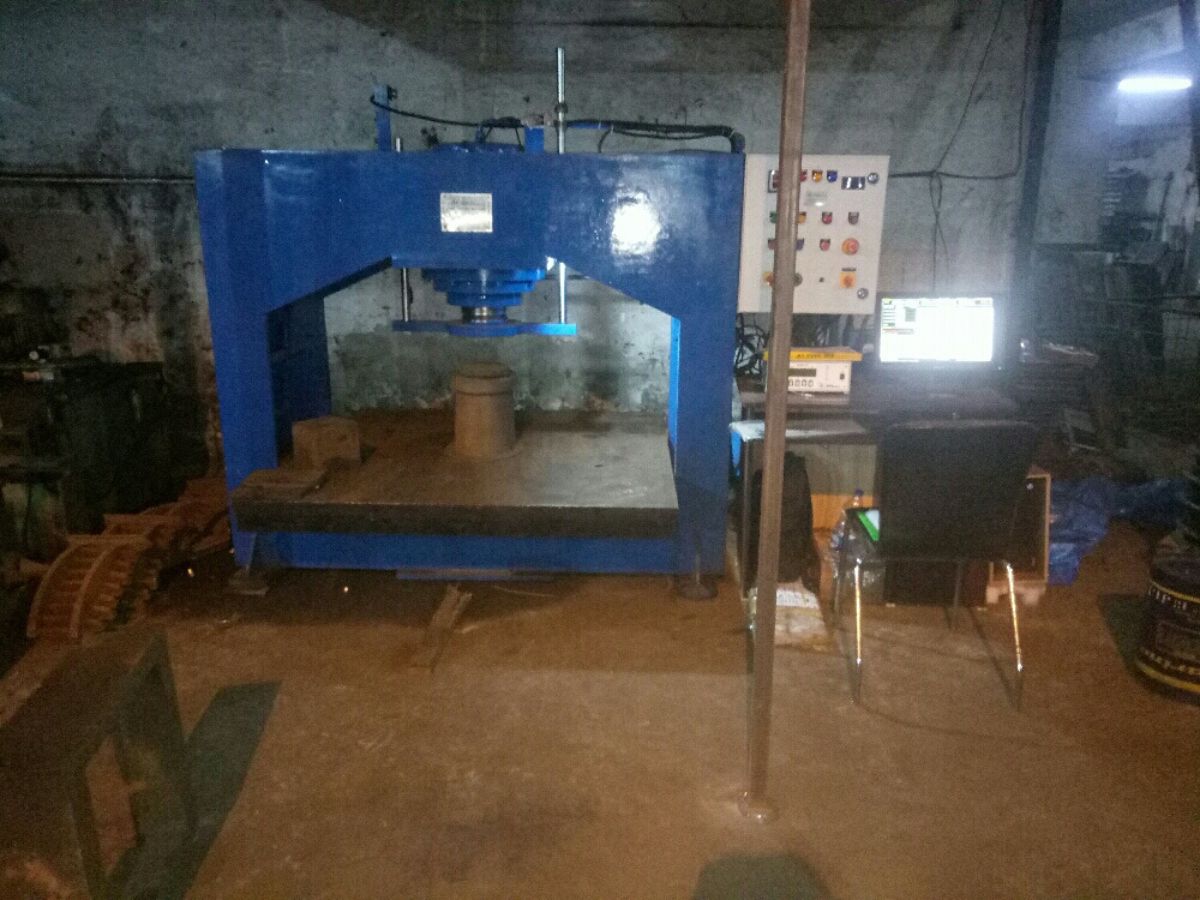
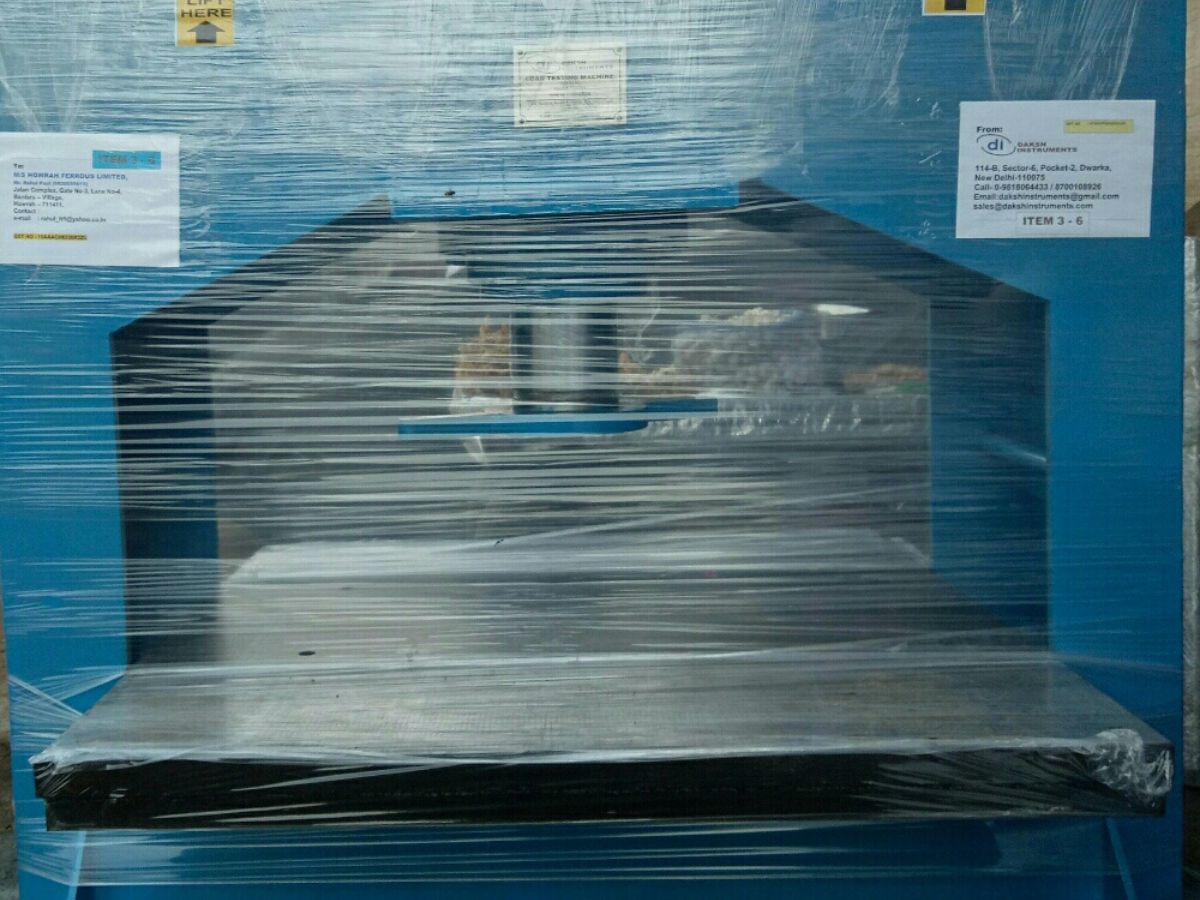

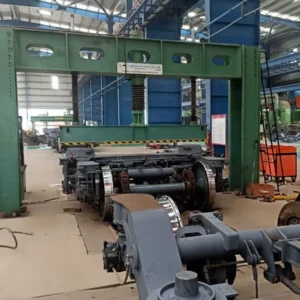
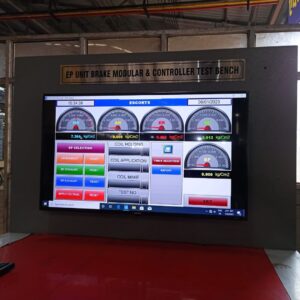
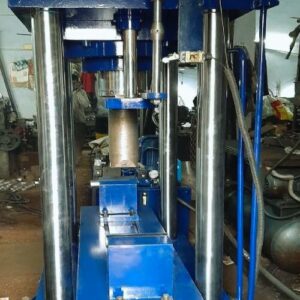

Reviews
There are no reviews yet.